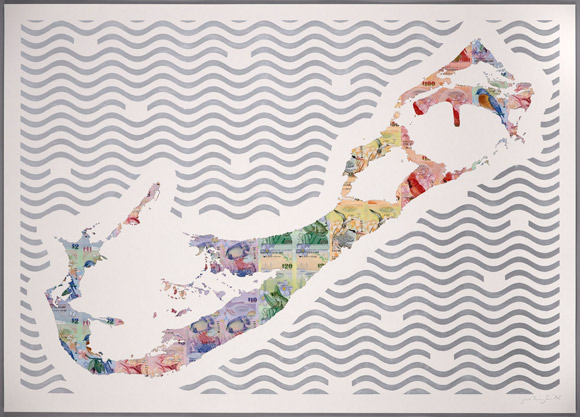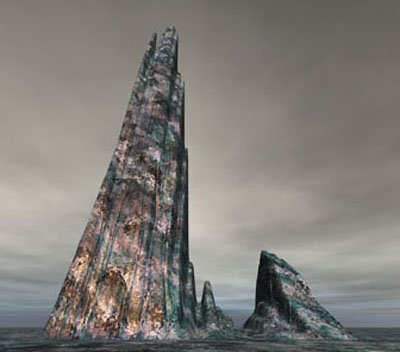Since the global financial crisis of 2008, our news has been littered with ‘the credit crunch’, government cutbacks, funding losses, food banks for the needy, zero percent pay rises, people on the poverty line and of course now, close to my heart, the £9,000 University tuition fees. The effects of the worldwide financial collapse is still being felt eight years later, so when I heard that we were off to visit this exhibition I wasn’t surprised by the subject title ‘Show Me the Money: The Image of Finance 1700 to Present’. If I am totally honest I didn’t value money until I started University – I always had my parents to pay for everything. Paying for my own shopping and living expenses is (I am ashamed to say) a totally new concept for me. However, on Monday 20th October when we went to the John Hansard Gallery at the Highfield Campus, Southampton University, it was the first time I got an understanding of monetary value and how money is regarded in different countries across the world and through the past three hundred years. This display is a thought provoking exhibition as is makes you think how money and economic catastrophes can be turned into various works of art using diverse media such as paintings, prints, photographs, videos and textile pieces. ‘Show Me the Money features works ranging from historic art pieces such as the 18th-century etchings of William Hogarth, to specially commissioned pieces by contemporary artists.
This print is a map of Bermuda, originally made out of real Bermudian bank notes. I think the reason why she chose to do this collage was because of the myth surrounding the Bermuda Triangle where everything that comes near this place goes missing, whether it is ships, planes or money – a metaphor for the loss of trillions of pounds and dollars in the aftermath of the 2008 financial crisis? Bermuda is also known for its offshore banking where the global elite (including drug barons, corrupt politicians and gang members and legitimate businesses) are depositing huge sums of money in offshore banks such as The Cayman Island and Bermuda. This island is seen as a tax haven for the select few – it is where they can ‘hide’ their money.
Since visiting the exhibition I have carried out further research on this artist (www.justinesmith.net/) and I have found that this piece isn’t just a ‘one off’ special commissioned piece, it is one of a series called ‘Money Maps’ which include others such as Euro Europe, The British Isles and Money Map of Africa. Justine Smith is fascinated by the way bank notes reflect the society that makes them. For example in the things they chose to celebrate on their bank notes like their national heritage, wildlife, industry, or pictures of their leaders or great historical icons. The Map of Bermuda shows that their currency is based on the country’s fauna (e.g. Blue Marlin, Angel Fish and Bluebird). This indicates that wildlife is important to them as it brings tourism to the country. The Queen of England’s image is also on the notes showing us that this island is a British Overseas territory. This reminds me of the recent research I did on the documentary photographer Thomas Struth, who photographs people-less shots of architecture as he too believes that architecture reflects the society that makes them.
Another work of art I found fascinating was the ‘Lost Horizon’ (2003) by Cornford and Cross. This piece of art is a computer screensaver of a fantasy mountain landscape made up of compiled financial information from the Financial Times Stock Exchange. The mountain can symbolise many things from the general shape pointing upwards symbolising the growth of the financial market which was buoyant at that time but it can also symbolise a mountain for people to climb. Climbers are often visualised in risk and security advertising as it is a difficult and dangerous activity to undertake. Mountains could also symbolize that making money can be difficult to do initially (i.e. the base of the mountain) but the rewards can be breathtaking (i.e. the view from the top of the mountain.
Overall I thought this exhibition was a real-eye opener. It really made me think about the value of money, what it means to people and how money and its related artifacts can be used to convey a statement or feeling. It was also enlightening to see how the ‘commissioned’ artists used different approaches in their selected media to carry out the brief.
- KNIGHT, P, N. MARSH and P. CROSTHWAITE, (2014). Show Me the Money: The Image of Finance 1700 to the Present [viewed 20 October 2014]. Exhibited Southampton: John Hansard Gallery.


